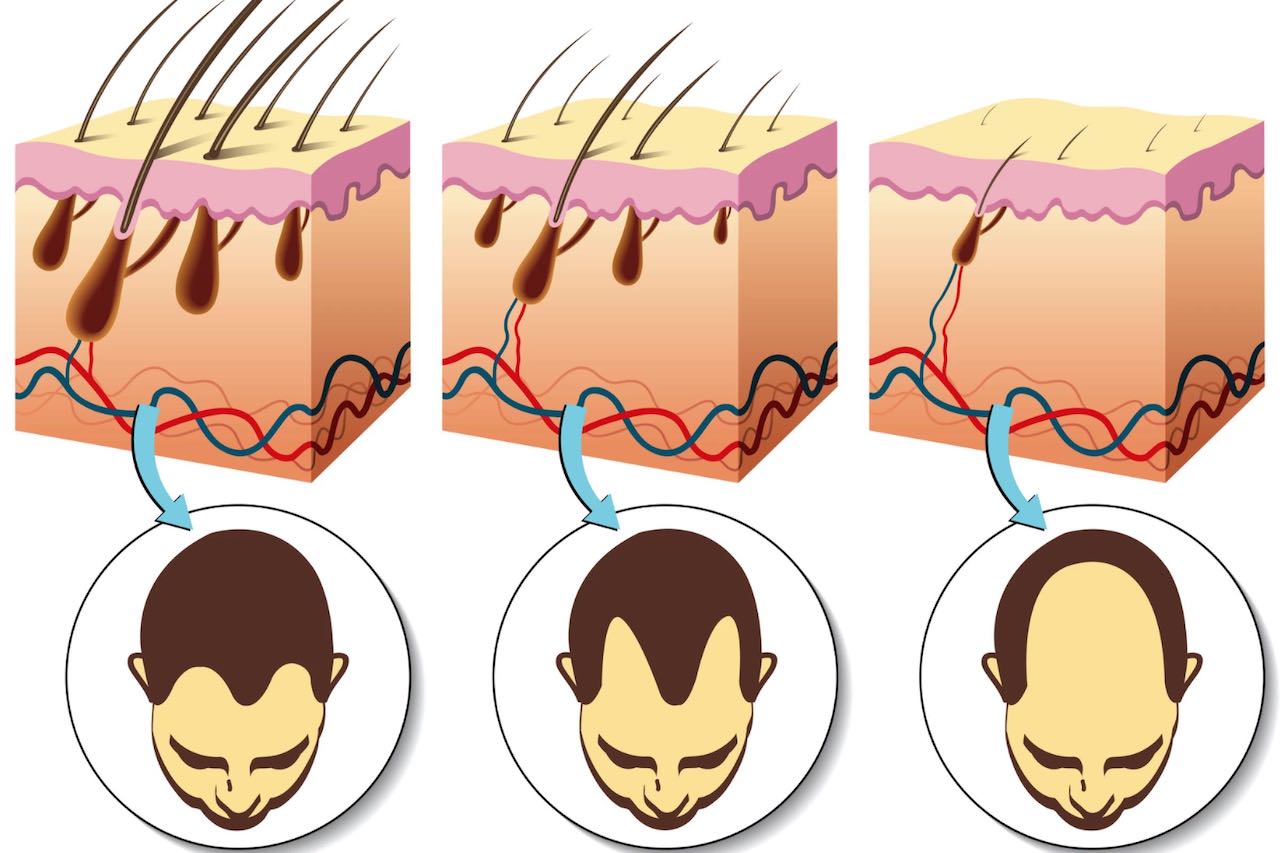Micro-needle patch beats baldness by increasing blood flow to the follicles

Recent technological advances have opened up a number of interesting possibilities in the fight against hair loss, from topical solutions containing stem cells to 3D printing hair farms and growing hair using the patient's own cells. Researchers in China offer another option that uses a micro-needle absorbable patch to stimulate hair growth, with the technology proving highly effective in treating hereditary alopecia in mice.
What causes alopecia
Led by scientists from Zhejiang University in China, researchers have set out to develop new treatments for the most common condition associated with hair loss: male and female pattern baldness, also known as androgenic alopecia. Scientists have tried to address this problem by focusing on the main mechanisms they believe are behind it, namely oxidative stress and impaired circulation.
This is due to a combination of the accumulation of reactive oxygen forms in the scalp, which kills cells that promote new hair growth, and a lack of blood vessels around the follicles to provide them with nutrients and essential molecules. Thus, the team hopes to develop a two-pronged approach to androgenic alopecia, and their solution builds on previous studies done on liver damage and Alzheimer's disease.
What's the gist of the invention
In previous experiments, scientists have developed nanoparticles containing the chemical element cerium, which have proven effective in reducing the oxidative stress seen in these diseases. Adapting this technology to combat hair loss would mean developing a way for the nanoparticles to penetrate the skin, which led the researchers to the idea of using a patch with micro-needles for delivery.
The patches were shown to be able to stimulate the growth of new blood vessels around hair follicles, but the patch containing cerium nanoparticles showed a number of benefits. Its recipients showed clear signs of new hair development, such as earlier skin pigmentation and higher concentrations of certain compounds. These mice also had fewer compounds causing oxidative stress in the skin.
Source: acs
Illustrations: rob3000/Depositphotos